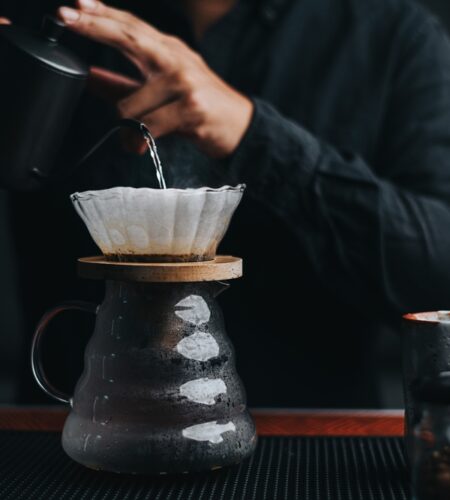Tea, a simple infusion of leaves and water, is a beverage that transcends boundaries, connecting people across cultures through its diverse traditions and rituals. From the serene tea ceremonies of Japan to the bustling tea houses of Morocco, each culture brings its unique flair to tea brewing and consumption. Exploring world tea cultures and their brewing techniques is not just about tasting different kinds of tea; it’s a journey into the heart of different societies, uncovering the rich history, customs, and social significance of this beloved drink.

At the heart of this exploration is the understanding that tea is more than just a beverage; it’s a cultural emblem. In China, where tea originated, the practice of tea brewing is an art form, steeped in a philosophy that emphasizes harmony and mindfulness. The Chinese Gongfu tea ceremony, for instance, is a meticulous and graceful ritual that showcases the tea’s flavor and aroma to its fullest.
In contrast, the Japanese tea ceremony, known as Chanoyu or Sado, is deeply rooted in Zen Buddhism and focuses on the aesthetics of the ceremony, the utensils used, and the spiritual connection between host and guest. The matcha tea used in this ceremony is a finely ground, vibrant green tea powder, which has a unique preparation method and a distinctive taste.
Traveling to India, one discovers the robust and spicy flavors of chai, a brew of black tea with a mixture of aromatic spices and herbs. Chai is more than a drink in India; it’s a vital part of daily life and is often enjoyed with enthusiastic conversation in homes and street corners across the country.
In the United Kingdom, tea is synonymous with social occasions and comfort. The British ritual of afternoon tea, with its elegant setting and accompaniment of sandwiches and cakes, reflects a more leisurely and refined approach to tea drinking.


Meanwhile, in Morocco, the preparation and serving of mint tea is a gesture of hospitality and friendship. The tea is typically brewed with green tea leaves, fresh mint, and a generous amount of sugar, poured from a height to create a frothy top.
As one explores these diverse tea cultures, the variety of brewing techniques also becomes apparent. Each culture has its methods, whether it’s the rolling and oxidation of oolong teas in Taiwan, the sun-drying of pu-erh teas in Yunnan, China, or the steaming of leaves for Japanese sencha. These techniques significantly influence the flavor, aroma, and color of the tea, making each cup a reflection of its cultural origins.
Moreover, exploring tea cultures is also a lesson in agriculture and botany. The type of tea plant, the region where it’s grown, and the method of cultivation all contribute to the tea’s character. This exploration can lead to a deeper appreciation of the environmental and economic factors that shape tea production and trade worldwide.
Conclusion
In conclusion, exploring world tea cultures and brewing techniques offers a rich and nuanced perspective on this globally beloved beverage. It’s a journey that reveals the diversity of human culture, history, and taste. As we sip our way through different teas and traditions, we not only savor unique flavors but also connect with the stories and people behind each cup. Tea, in all its varieties, is a testament to the shared experiences and rituals that bring people together, no matter where they are in the world.



Comments